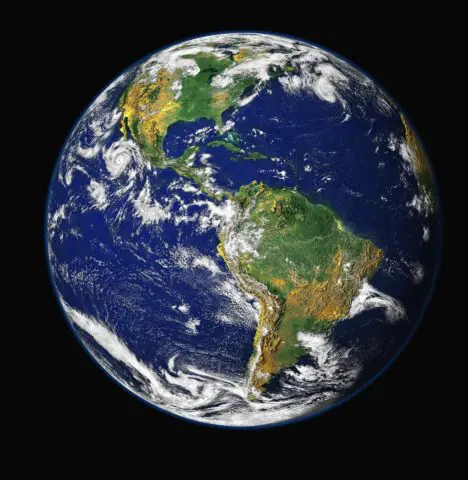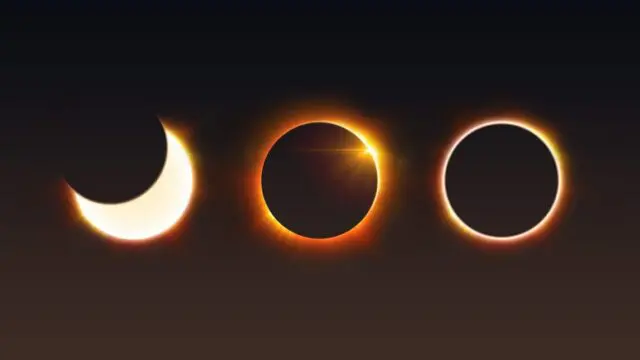A few days ago, we wrote that 2024 will be warmer due to two factors: climate change or the climate crisis and the El Niño phenomenon.
But it turns out that this year has its surprises, one of them is that it will have 366 days, that is, it will be a leap year, which occurs every 4 years.

It is that alteration to the calendar parax according to experts, the harmony and balance of the years. It is said that they are necessary to synchronize the solar calendar.
That is, February, known as the month of love has an extra day, that is, the 29th. It is considered a short month.
Every leap year brings with it curiosities, for example, February begins and ends on the same day of the week.
Why leap years
Many will wonder every year how the idea of “leap year” came about, why, and who first investigated this phenomenon.
Allegedly, the Roman emperor Julius Caesar, accompanied by the astronomer Sosígenes of Alexandria, decided to create an alternative to the Roman calendar that was closer to reality and the rotation of the Earth.

The idea was to have a 365-day calendar with an additional one every four years, to reestablish the previous one, which was Egyptian, and that would lead them to live a year of 445 days to update it. It should be noted that our planet not only takes 365 days to go around the Sun, but the Earth does not make a complete revolution in that amount of time, but it does it in 365 days, 5 hours, 46 minutes, and 48 seconds.
In this sense, through National Geographic it was learned that, if the missing time is not taken into account, every 12 years the calendars would suffer a three-day lag and even the seasons could not start in the same month each year.
A news item at the beginning of the year
As the year 2024 has just begun, it became known by a group of scientists from the Technical University of Munich, Germany, that the Earth will have 25-hour days.
The scientists discovered and were able to disclose the approximate date on which the event will occur: 200 million years from now, how about that?
To learn about the event, the German researchers used a highly accurate laser instrument, specifically designed to measure the rotation speed of the planet, which is located at the Wetzell Geodetic Observatory.
Also, the experts managed to improve the accuracy and were able to discover that the rotation changes approximately 6 milliseconds every two weeks.
But this is not the first time that the hours of the day increased, everything comes from 4,500 million years ago. According to a Nature Geoscience study, in the Precambrian, i.e., 1.5 billion years ago, days were 19 hours long. Also, 66 million years ago, in the age of the dinosaurs, the day was 23 hours long.
Why does this change happen? Scientists explain that it is because the speed at which the Earth rotates on its axis is slower in certain periods.
Moon phenomena
For lovers of astronomical events or phenomena, there are already dates to appreciate them from wherever you are.
In 2024, you will be able to enjoy 4 eclipse events, among them the “Great American Eclipse”, on April 8.
NASA says that the event will not be repeated until 2044 and will last up to 4 minutes and 27 seconds.

It will be a total solar eclipse that will darken the day; it will begin over the South Pacific Ocean, weather conditions permitting. The phenomenon will cross diagonally into the North Atlantic, passing through Texas, Oklahoma, Arkansas, Missouri, Illinois, Illinois, Kentucky, Indiana, Ohio, Pennsylvania, New York, Vermont, New Hampshire and Maine.
It will enter Canada through southern Ontario and continue to Quebec, New Brunswick, Prince Edward Island, and Cape Breton; it will exit northern Canada at Newfoundland.
Watch out, Costa Ricans.
Before America’s Greatest Eclipse, on March 25, every moon lover will appreciate the penumbral lunar eclipse, in which the Moon passes through the Earth’s outer shadow, the penumbra.
In September, specifically from the 17th to the dawn of the 18th, will be the eclipse of the “Harvest Moon”, also known as the partial lunar eclipse.
During the event, part of the Moon will temporarily darken as it passes through the Earth’s shadow, turning blood red.
People residing in North and South America, Europe, and Africa will witness the phenomenon that will coincide with the first Supermoon of the year.
Finally, the fourth event will be the lunar-solar eclipse on October 2. This is the formation of a ring of fire around the Moon with the naked eye, at the moment when it is covering the Sun.
There are several events for this year, the main one, which contains 366 days, with one more day to be better and better and live a full life, fascinated by the beauty of the nature of our planet.

